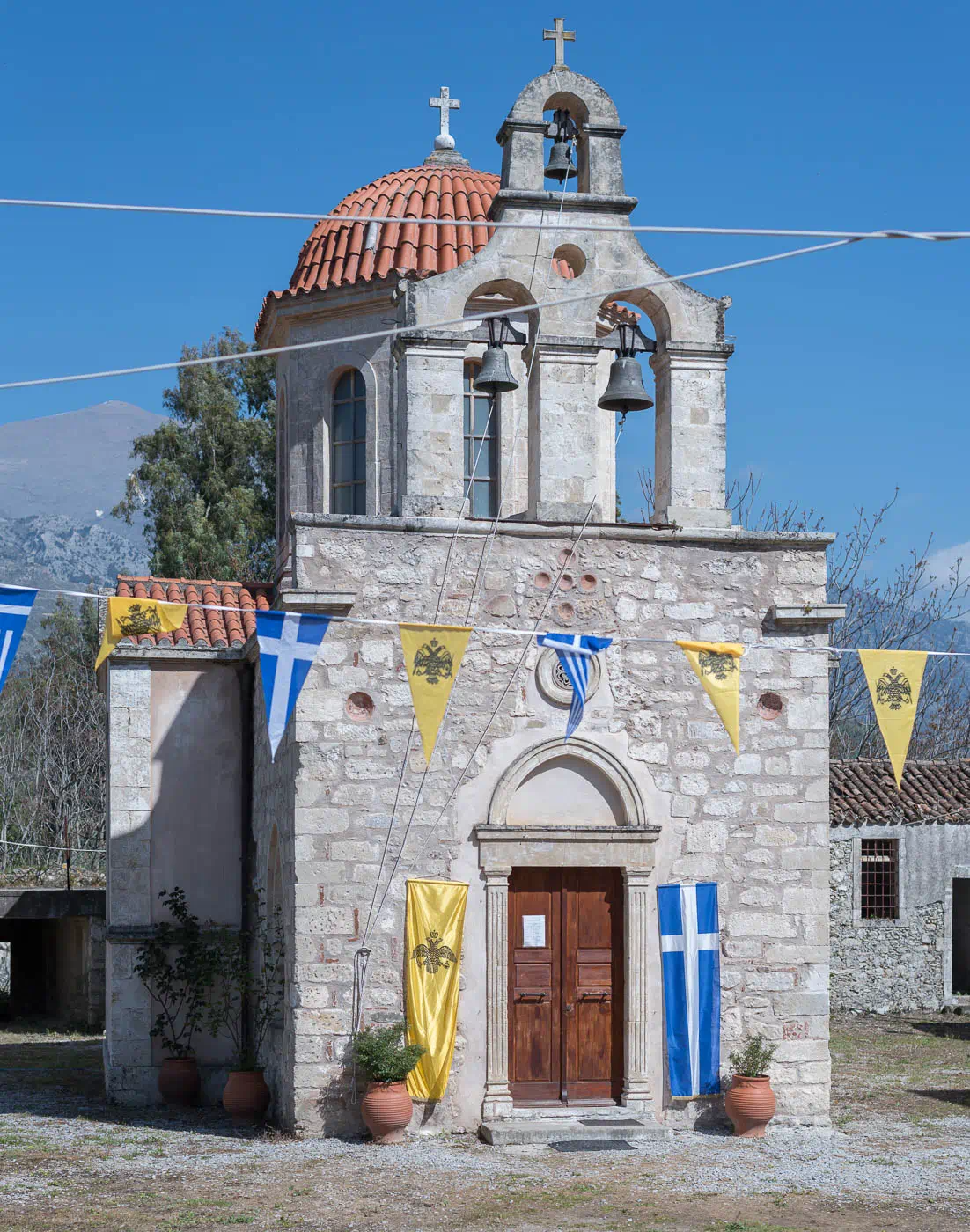
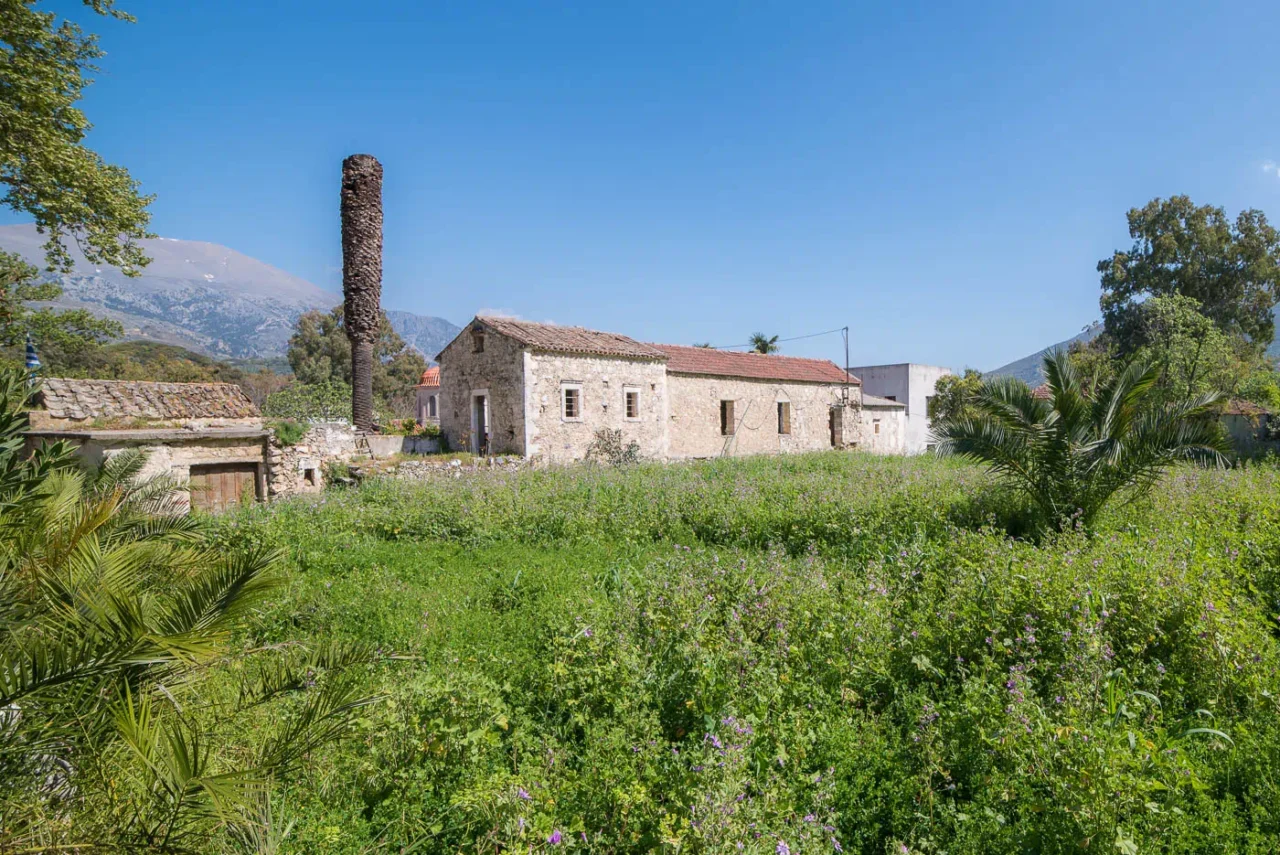
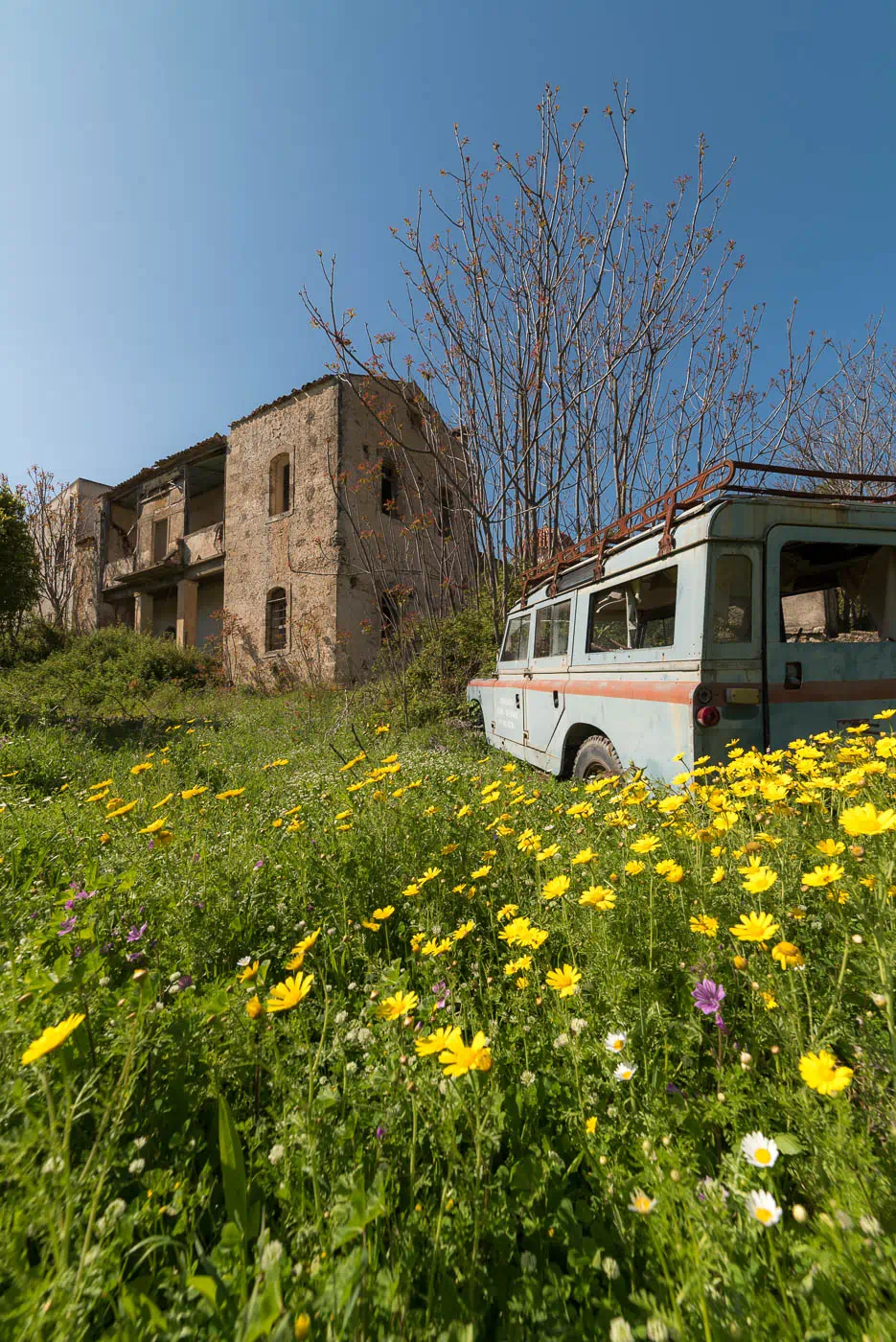
Moni Asomaton, dedicated to the Synaxis of the Archangels, is situated in the center of the fertile Amari Valley in Crete. The current complex dates from the late Venetian period to the 19th century, with some incompatible interventions made in the 20th century when it was converted into an agricultural school. The monastery, according to tradition, was founded during the second Byzantine period, a fact confirmed by recent archaeological research in the katholikon (main church). After being abandoned for nearly a century, the monastery is active again.
Architectural Significance
The katholikon is a unique blend of architectural styles. Originally a single-aisled, barrel-vaulted church built in the early 14th century, it was transformed into a cross-in-square church with a dome in the early 20th century. This transformation involved the partial demolition of the original structure, which was built on the foundations of an earlier 10th-century church that had collapsed in the 1303 earthquake.
The exterior of the church is characterized by double, pointed blind arches, a hallmark of the late Byzantine period. The apse of the sanctuary is semi-hexagonal and features a double-lobed, pointed window. The masonry consists of hewn stones, combined locally with bricks, in a loose cloisonné system. The combination of architectural elements of the Helladic School with Western influences classifies it in the group of so-called Franco-Byzantine churches.
Historical Significance
Moni Asomaton has a rich history intertwined with the socio-political landscape of Crete. It was associated with the noble Byzantine family of Varouchas towards the end of the Venetian occupation and was reportedly burned down during the Ottoman conquest of Crete. It served as the seat of the Bishop of Lampe in the 18th century and underwent extensive renovation under the leadership of Abbot Manassis, who was elected Bishop of Lampe. In 1812, the Ottoman Pasha, secretly a Christian, received Holy Communion at the monastery. During the revolution of 1821, it was abandoned for a short period before being revived and reaching its peak. However, in 1927, a large part of the buildings and its vast property was ceded for the creation of an agricultural school, leading to its dissolution.
In May 2024, a new sisterhood of five nuns relocated from the Monastery of Sabbathiana to Moni Asomaton, marking the monastery’s official reopening after nearly a century of abandonment.
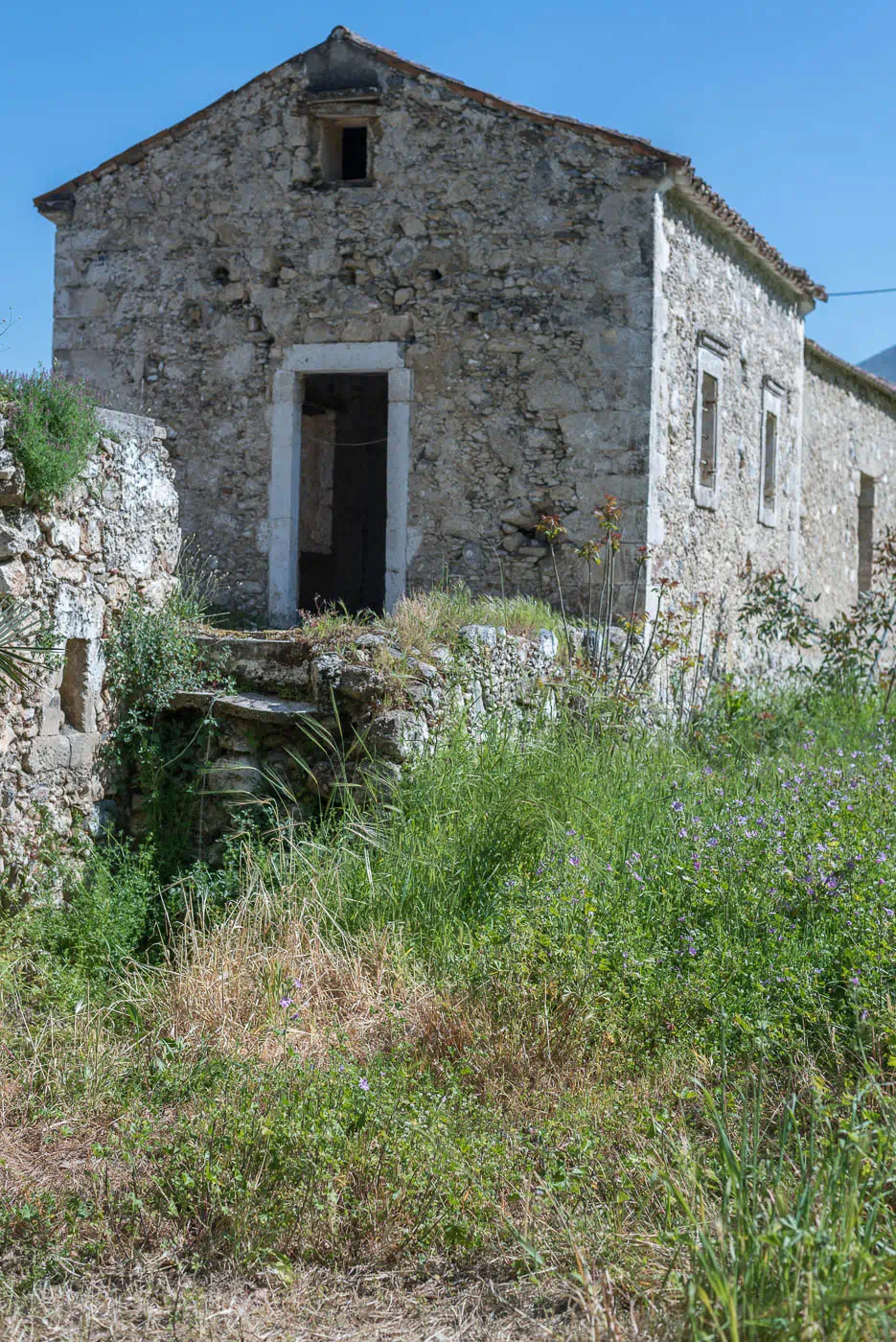
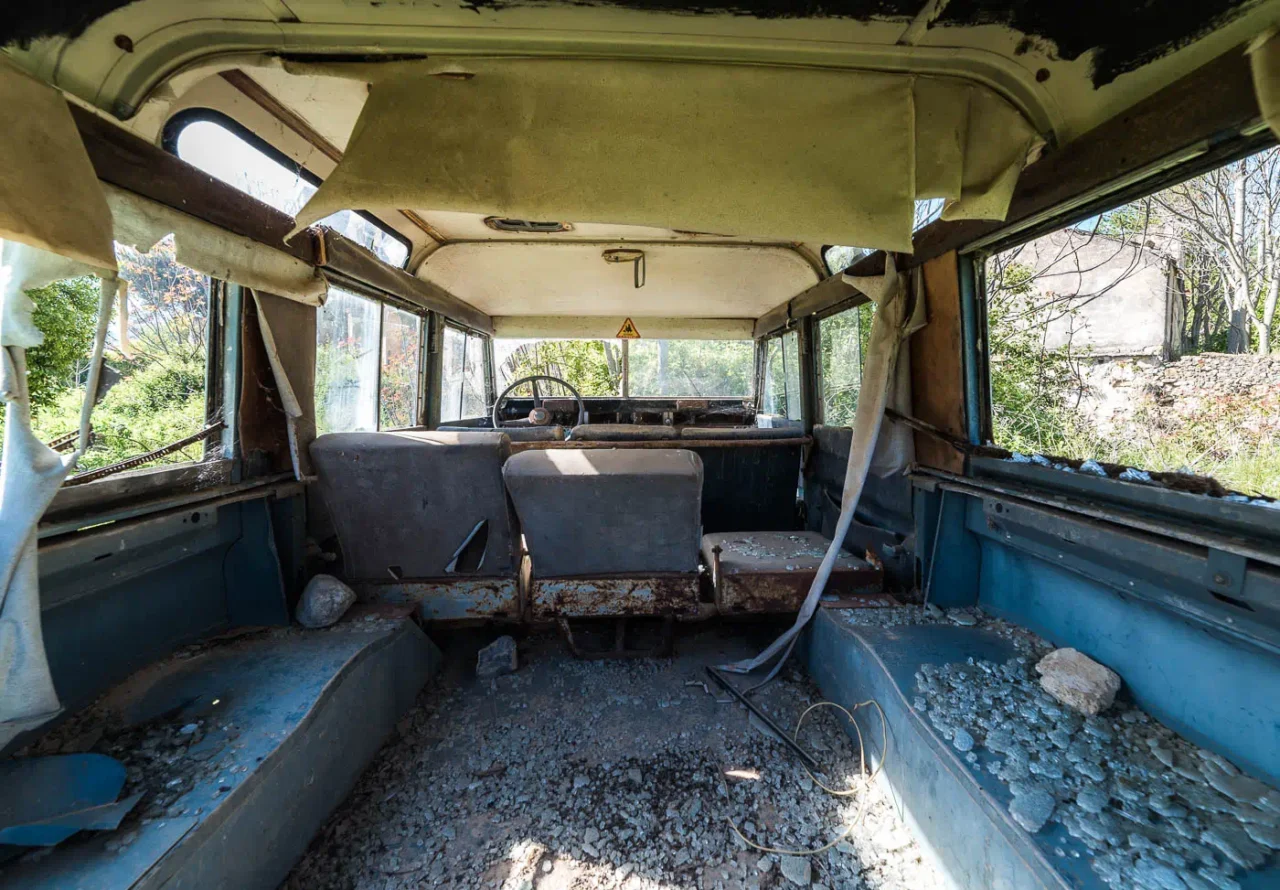
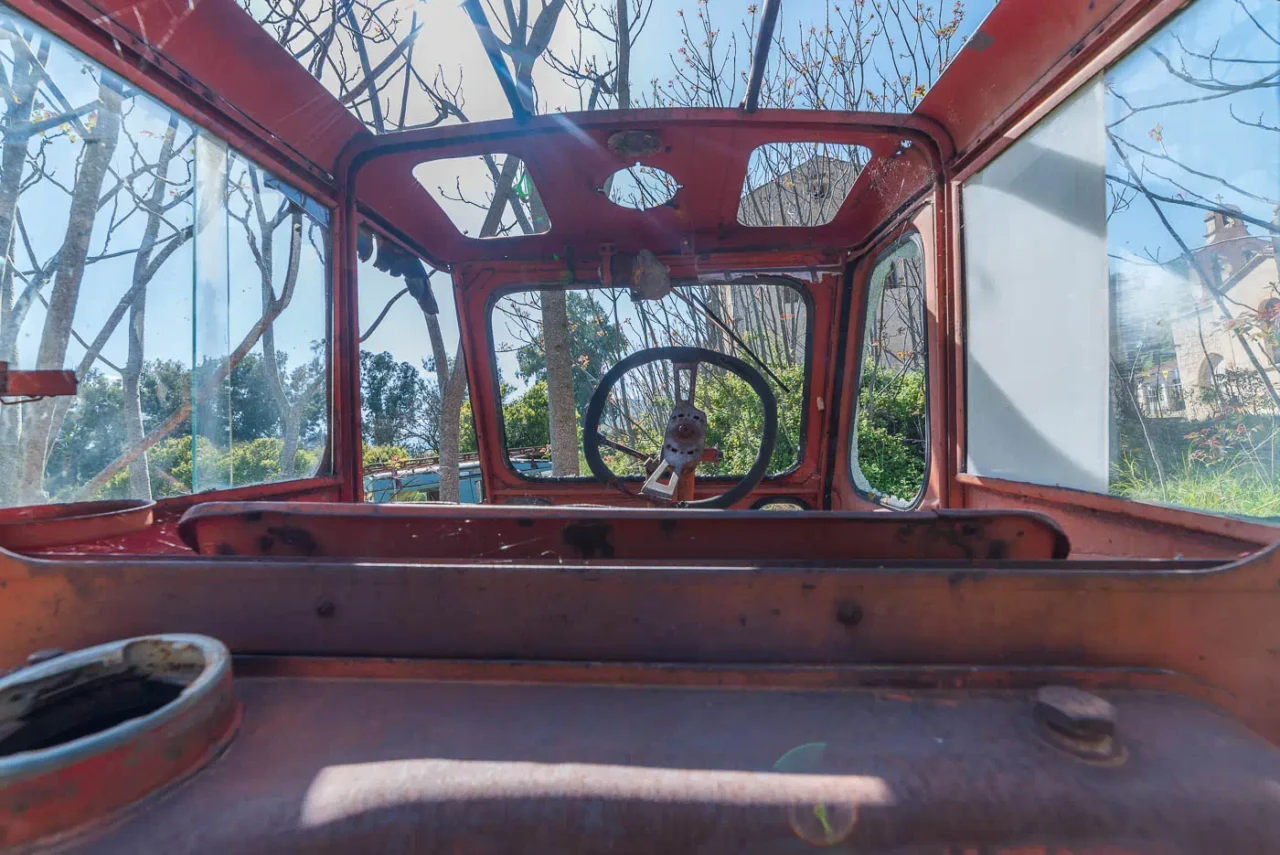
Current Status
In recent years, Moni Asomaton has been re-established, and efforts are underway to restore the monument by the local diocese and the archaeological service. The monastery complex, while bearing the marks of its transformation into an agricultural school, still retains significant historical and architectural elements. The katholikon, with its unique blend of architectural styles, stands as a testament to the monastery’s long and complex history.
Additional Information
- Construction Period: 14th century (katholikon), with later additions and modifications.
- Location: 35 km southeast of Rethymno, in the Amari Valley.
- Historical Significance: Served as the seat of the Bishop of Lampe, played a role in the 1821 revolution, and later housed an agricultural school.
- Current Status: Undergoing restoration, with some buildings used for agricultural research. The monastery is now active with a new sisterhood.













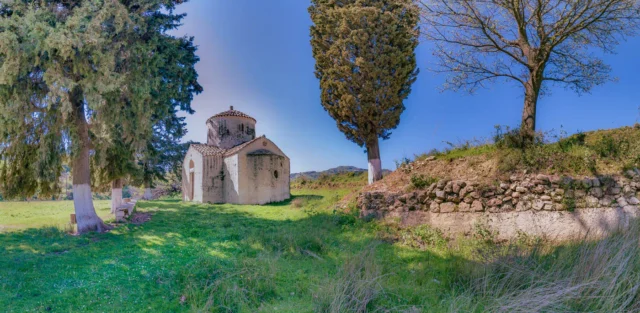

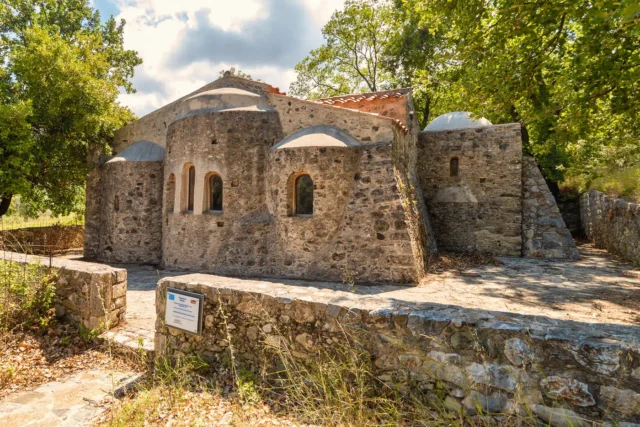

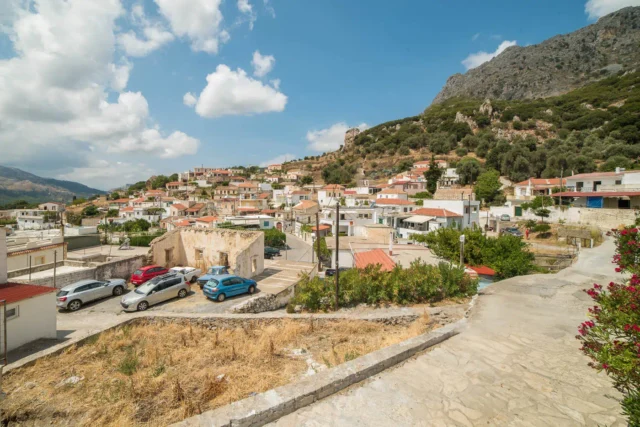

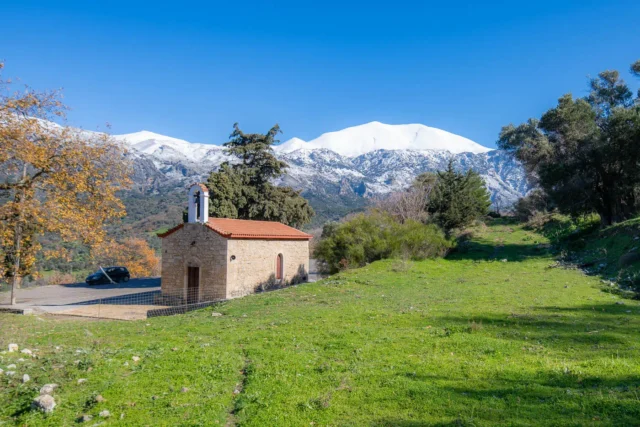
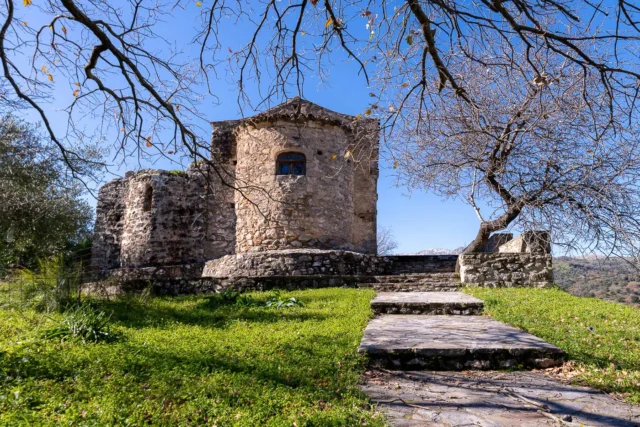

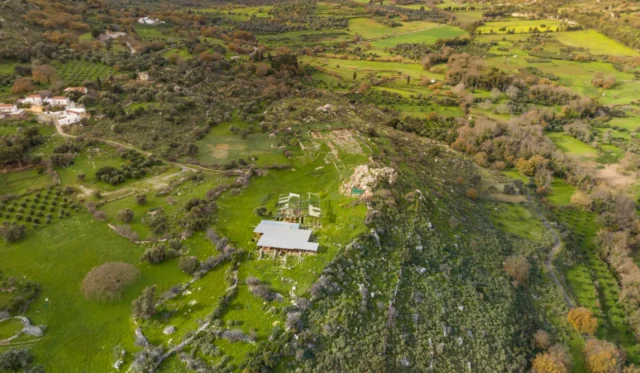
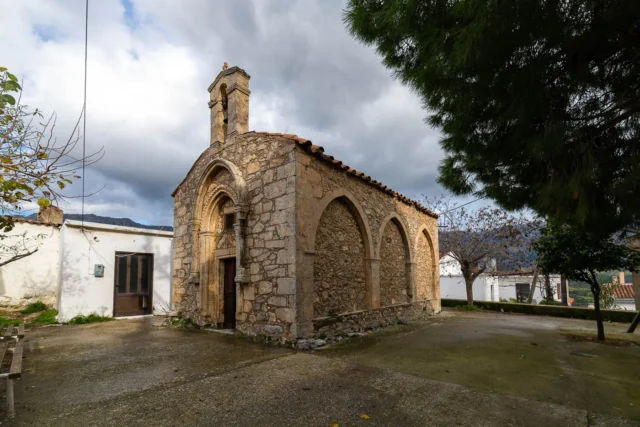
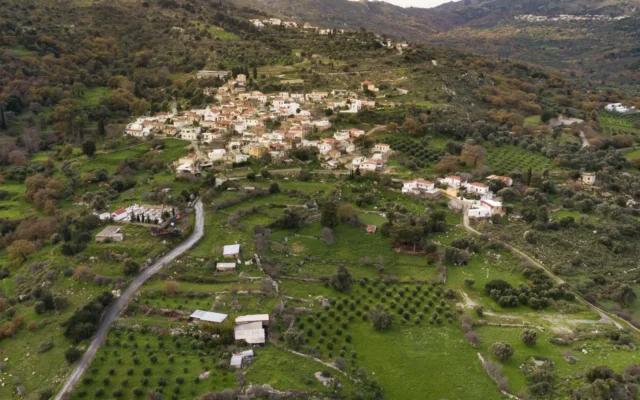
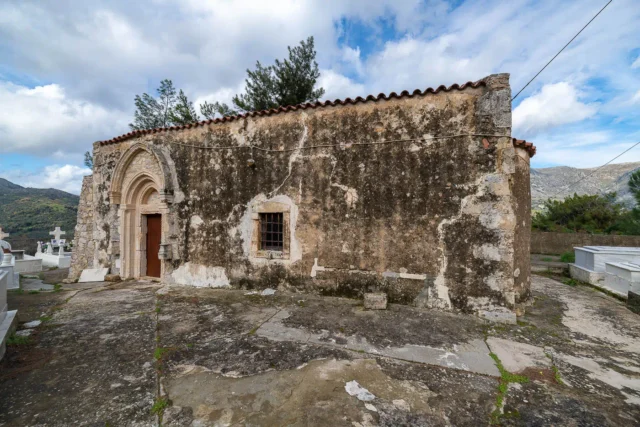
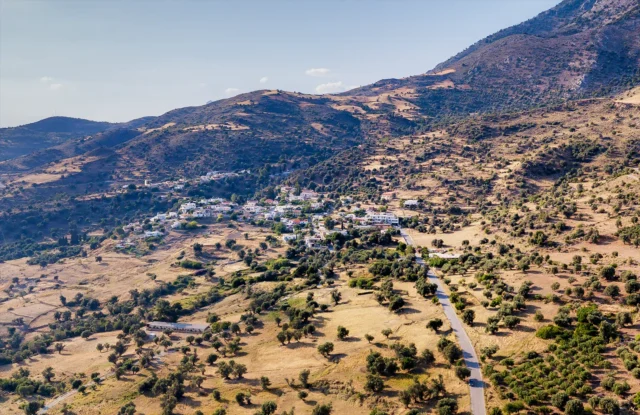
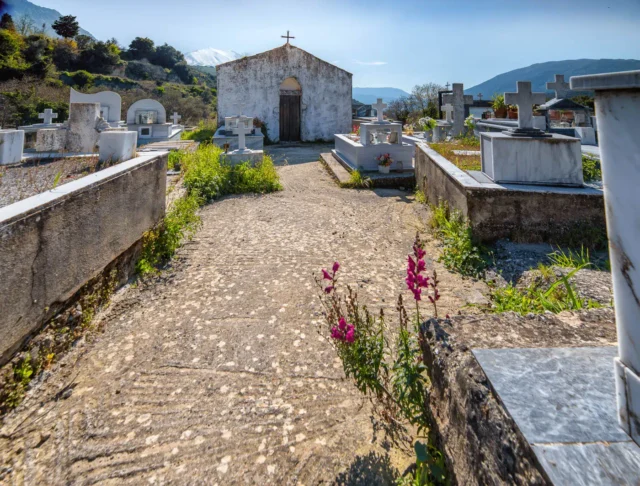
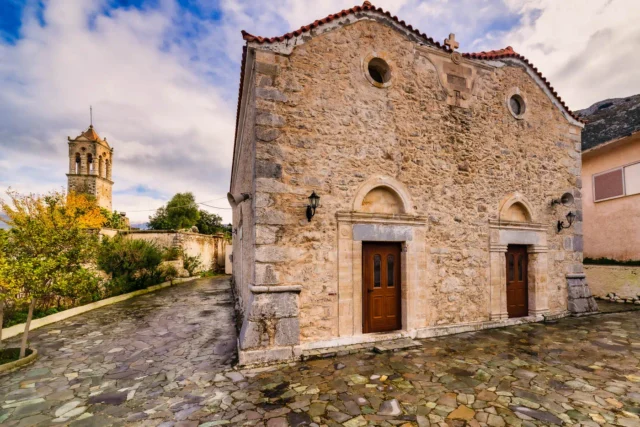
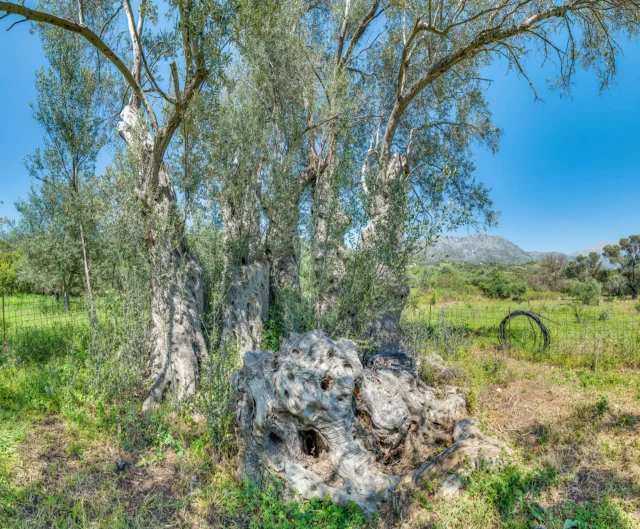

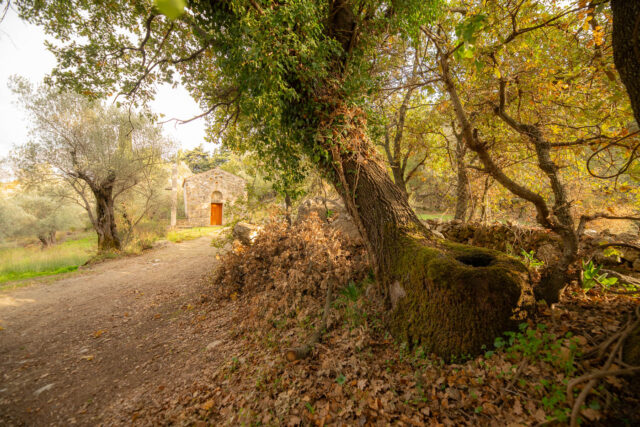
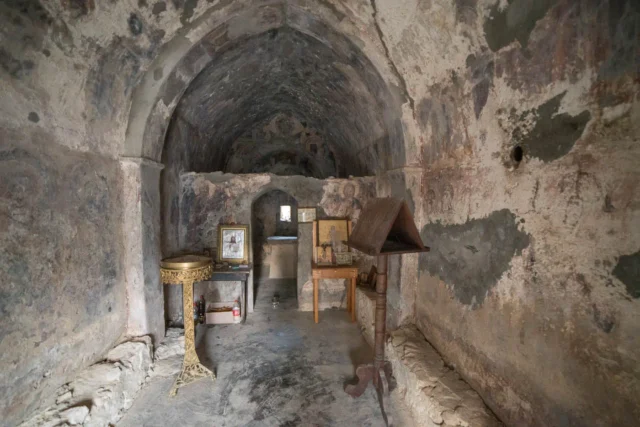

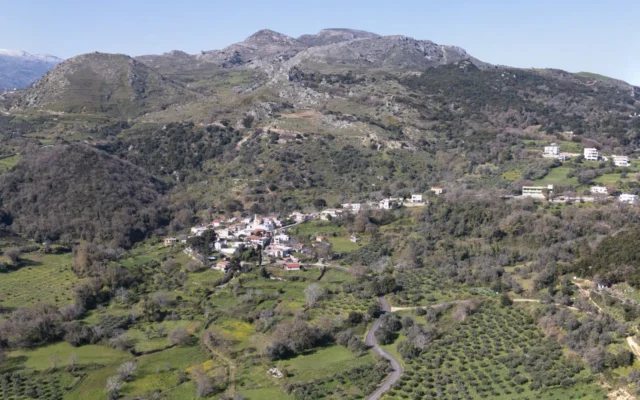
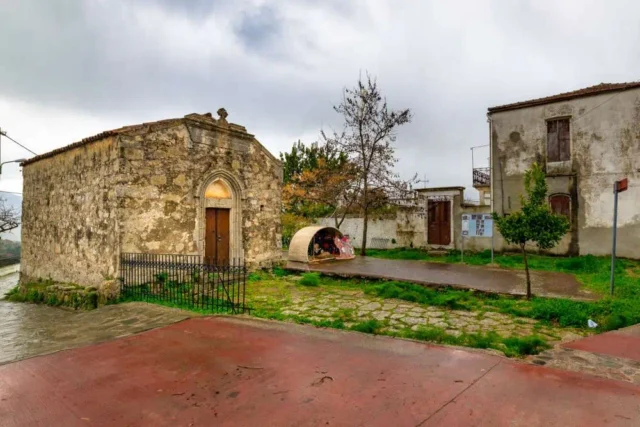

There are no comments yet.